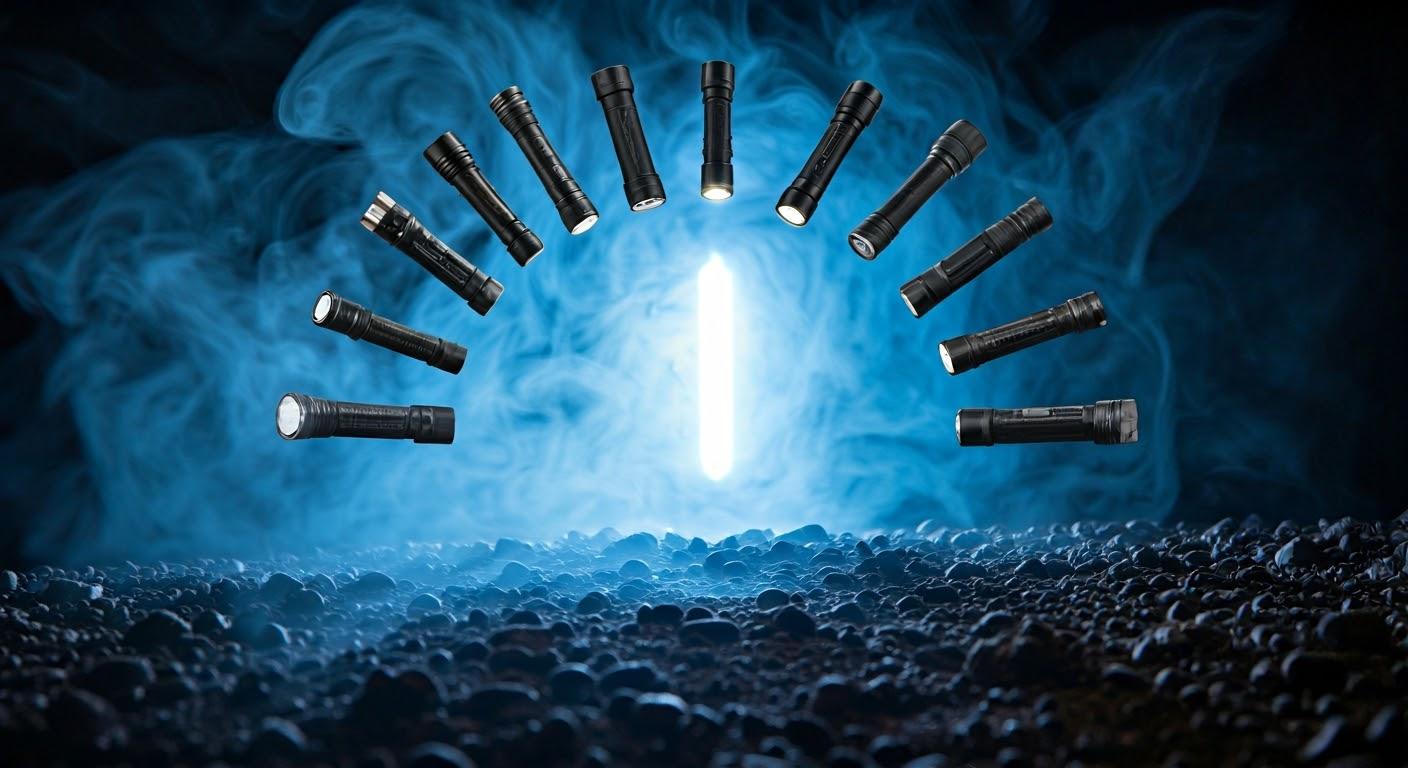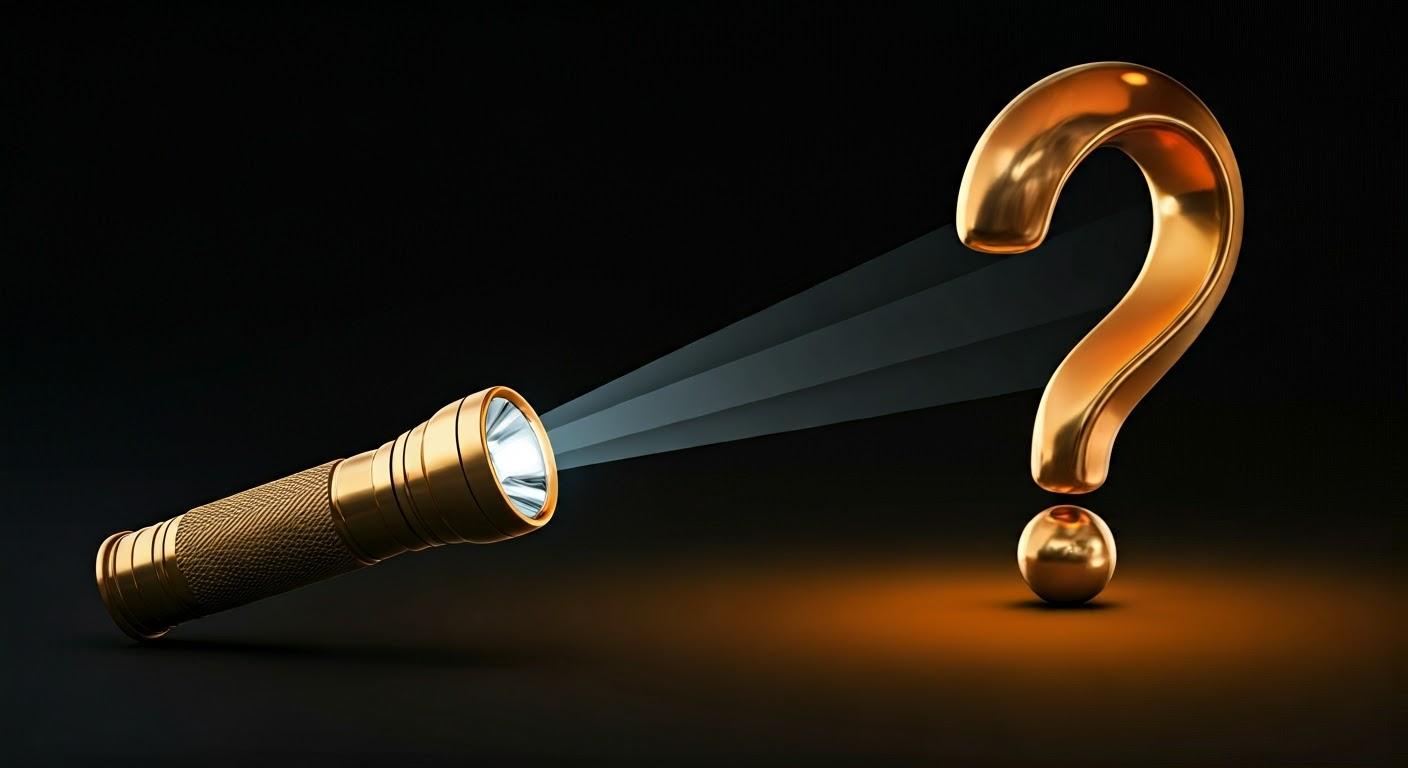Building the ultimate tactical kit requires careful selection of tools that will enhance your effectiveness in any situation. One of the most important components of a tactical kit is the flashlight. It’s a tool that serves many purposes—providing visibility in low-light conditions, aiding in communication, and even acting as a self-defense tool. In this guide, we’ll help you choose the right flashlights for your needs and assemble your own ultimate tactical kit.
Why Are Flashlights So Important?
Flashlights play a critical role in ensuring your safety and effectiveness in various tactical situations. Here’s why you need one:
- Situational Awareness and Safety: A flashlight is essential for seeing and being seen, especially in low-light environments. It illuminates your path and helps you spot potential threats.
- Signaling and Communication: Flashlights can be used to signal for help, communicate in the dark, or even create a visual deterrent.
- Self-Defense: Some tactical flashlights come with features like strobe mode that can disorient or temporarily blind a threat, giving you a chance to escape or defend yourself.
- Lifeline in Emergencies: In an emergency, a reliable flashlight can be a lifeline—helping you navigate through dangerous situations or dark environments.
Choosing the Right Flashlight
Selecting the right flashlight is crucial when building your tactical kit. Here are the key factors to consider:
1. Lumen Output
Lumen output is one of the most important specifications to look at when choosing a tactical flashlight. It determines the brightness of the flashlight. A higher lumen count means a brighter light, which is crucial for spotting threats from a distance or illuminating a larger area. Tactical flashlights can range from 100 lumens for basic use to over 1800 lumens for extreme performance.
Tip: For general outdoor and tactical use, a flashlight with 1000-1800 lumens will be powerful enough for most scenarios.
2. Beam Pattern
The beam pattern is another key consideration. A focused beam is excellent for long-distance illumination, allowing you to spot distant objects or threats. On the other hand, a flood beam provides a wide area of light, making it ideal for searching large areas or illuminating your surroundings at close range.
Tip: Choose a flashlight with adjustable beam settings or one that has a combination of both flood and focused beams.
3. Durability
A tactical flashlight must be tough enough to withstand harsh environments. Choose flashlights made from durable materials like aluminum, which offers both strength and corrosion resistance. Impact resistance is also crucial, especially if you plan to use the flashlight in rugged outdoor or tactical situations.
Tip: Look for flashlights with an IP68 water resistance rating, ensuring they can handle submersion and wet conditions.
Essential Features for a Tactical Flashlight
To build the ultimate tactical flashlight kit, you’ll want flashlights that come equipped with essential features to enhance their functionality.
1. Strobe Mode
Strobe mode is a must-have feature for disorienting potential threats or signaling for help in emergencies. The rapid flashing of the light can temporarily blind or confuse an attacker, buying you precious time to react.
2. Tail Switch
A tail switch is an essential feature for tactical flashlights. It allows for easy, one-handed operation—letting you quickly turn the light on or off without fumbling. A simple press activates the light, making it a crucial tool when you need quick access to illumination.
3. Water Resistance
Water resistance is important for flashlights that will be used in all-weather conditions. Whether you’re caught in a storm or need your flashlight near water, ensure your light is rated to handle exposure to rain, snow, or submersion.
Building Your Ultimate Tactical Kit
Now that you know what features to look for, it’s time to assemble your ultimate tactical flashlight kit. Here are the must-have components:
1. Primary Flashlight
Your primary flashlight is the centerpiece of your kit. This should be a powerful and reliable model designed for everyday carry (EDC). It should have a high lumen output, durable construction, and the essential features needed for tactical situations.
Example: The UltraFire T5 Tactical Flashlight offers 1800 lumens of brightness, multiple modes, and a tactical tail switch, making it the perfect choice for your primary flashlight.
2. Backup Flashlight
In case your primary flashlight fails or runs out of battery, you’ll need a backup. This flashlight should be smaller, compact, and easy to carry in your pocket or bag. It’s ideal for EDC and should still have decent brightness and durability.
Example: A smaller, 1000-lumen flashlight like the UltraFire UF2 offers portability without compromising on power, making it a great backup option.
3. Headlamp
A headlamp is essential for tasks that require both hands, such as setting up camp or navigating through the dark. Headlamps allow you to keep your hands free while still providing focused illumination.
Tip: Choose a headlamp with adjustable brightness and a comfortable strap for extended use.
Putting Your Kit to the Test
Once your tactical kit is assembled, it’s important to put it through its paces. Testing your flashlights in different scenarios will help you understand their strengths and limitations.
1. Test in Various Environments
Take your flashlights outside and test them in different lighting conditions. Use them in dark areas, during bad weather, and at long distances to ensure they meet your needs.
2. Carry Your Kit
Carry your tactical kit with you in various situations—whether you’re hiking, camping, or simply walking through your neighborhood. This will help you get familiar with the functionality and portability of your gear.
3. Practice Using Your Flashlights
Practice using your flashlights in different situations, such as signaling for help, illuminating a path, or even using strobe mode for self-defense. The more familiar you are with your gear, the more effective it will be in a real-world scenario.
Conclusion
Building the ultimate tactical flashlight kit requires selecting the right combination of flashlights to suit various scenarios. A powerful primary flashlight, a compact backup, and a reliable headlamp are the essential components of a complete kit. By considering factors such as lumen output, beam pattern, and durability, you can create a setup that ensures you’re always prepared for whatever comes your way.


















